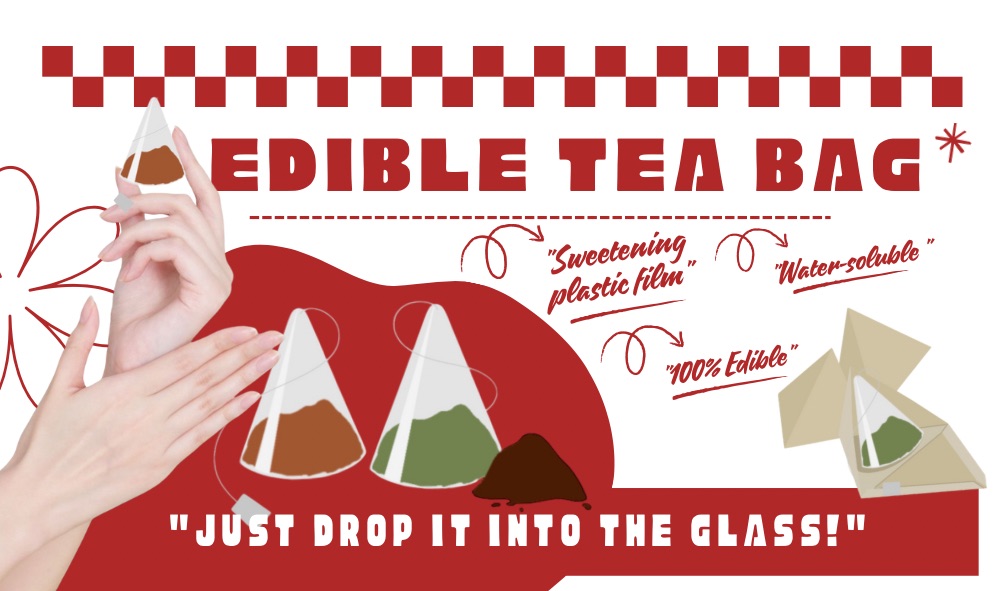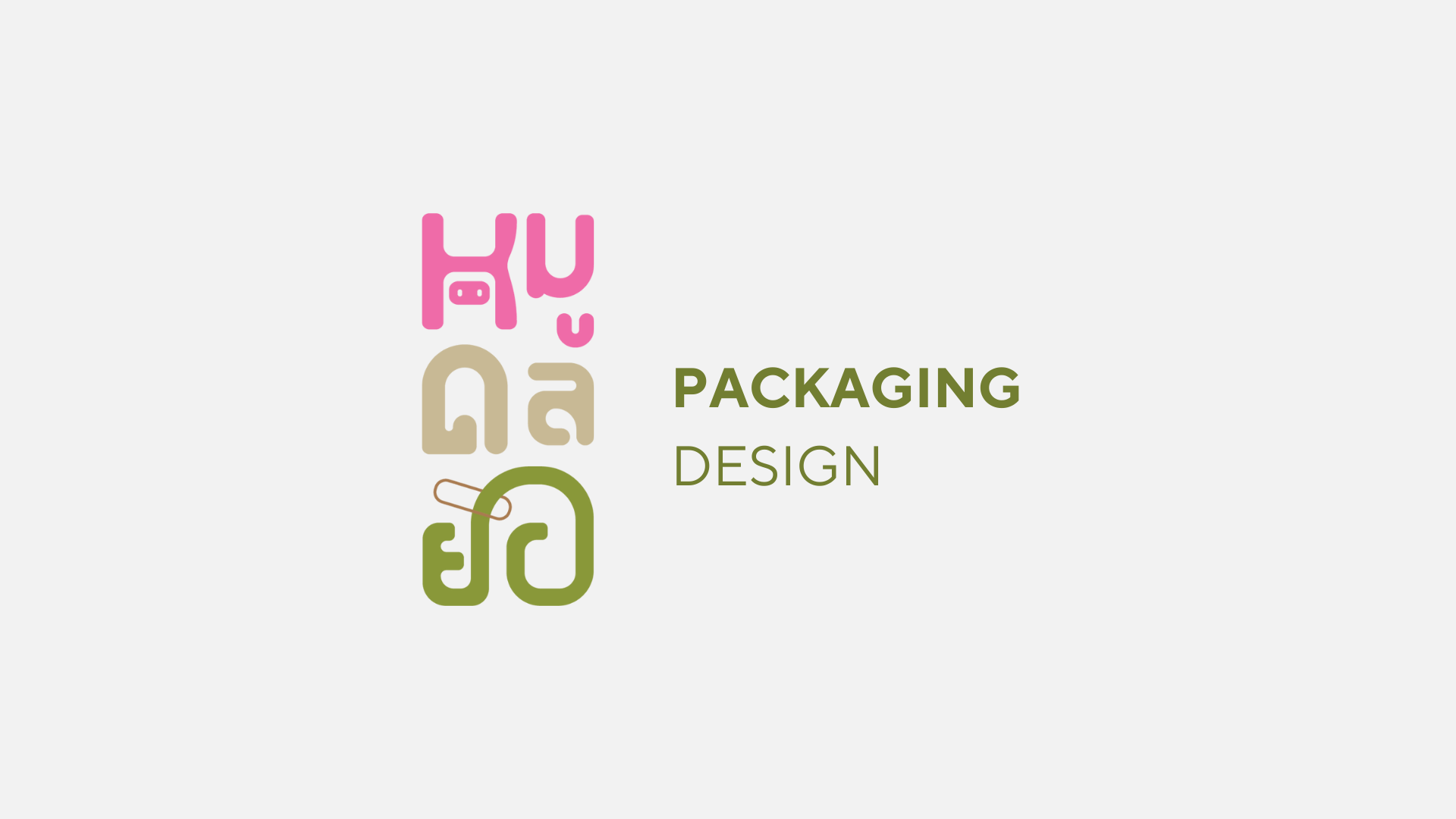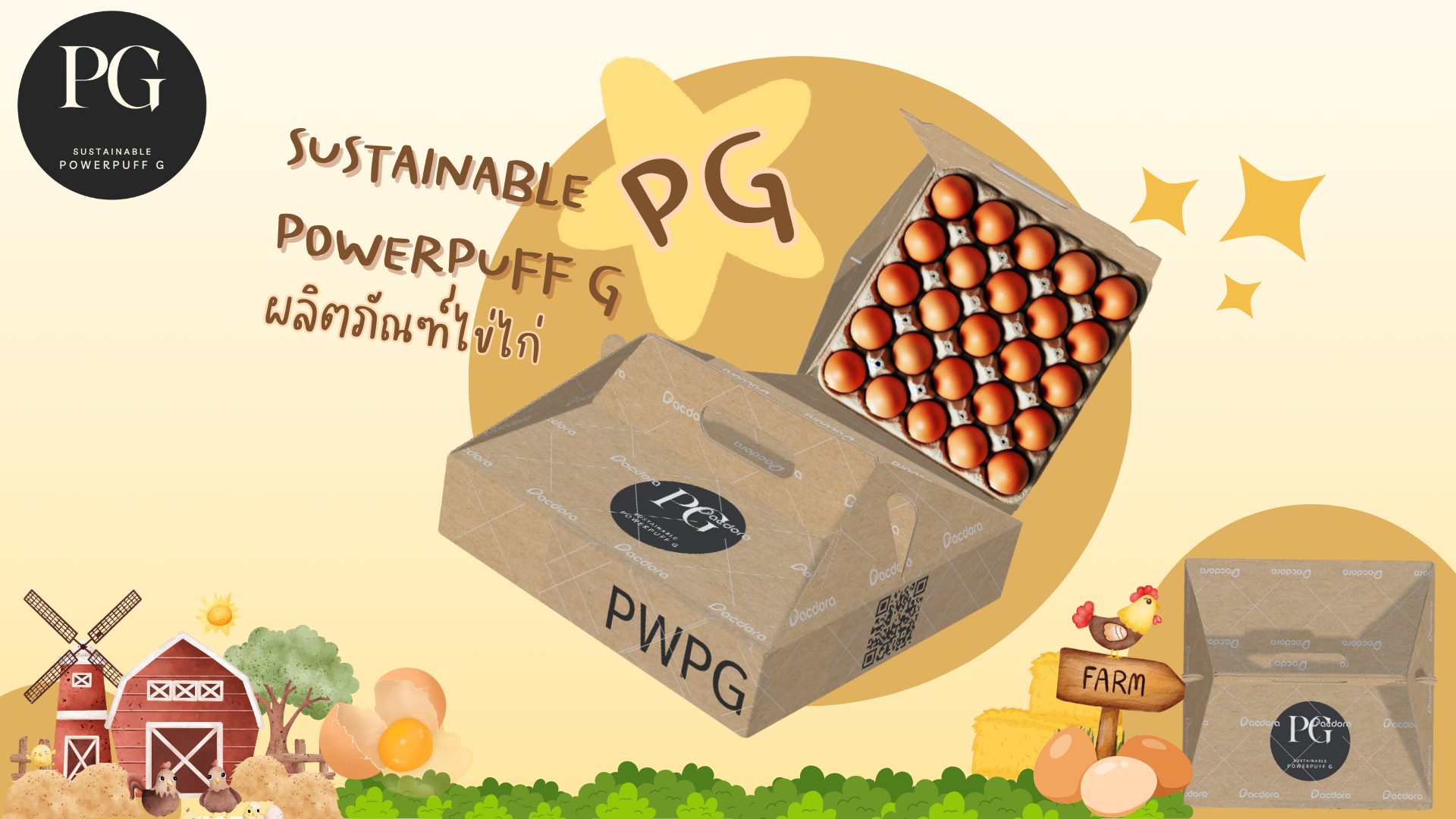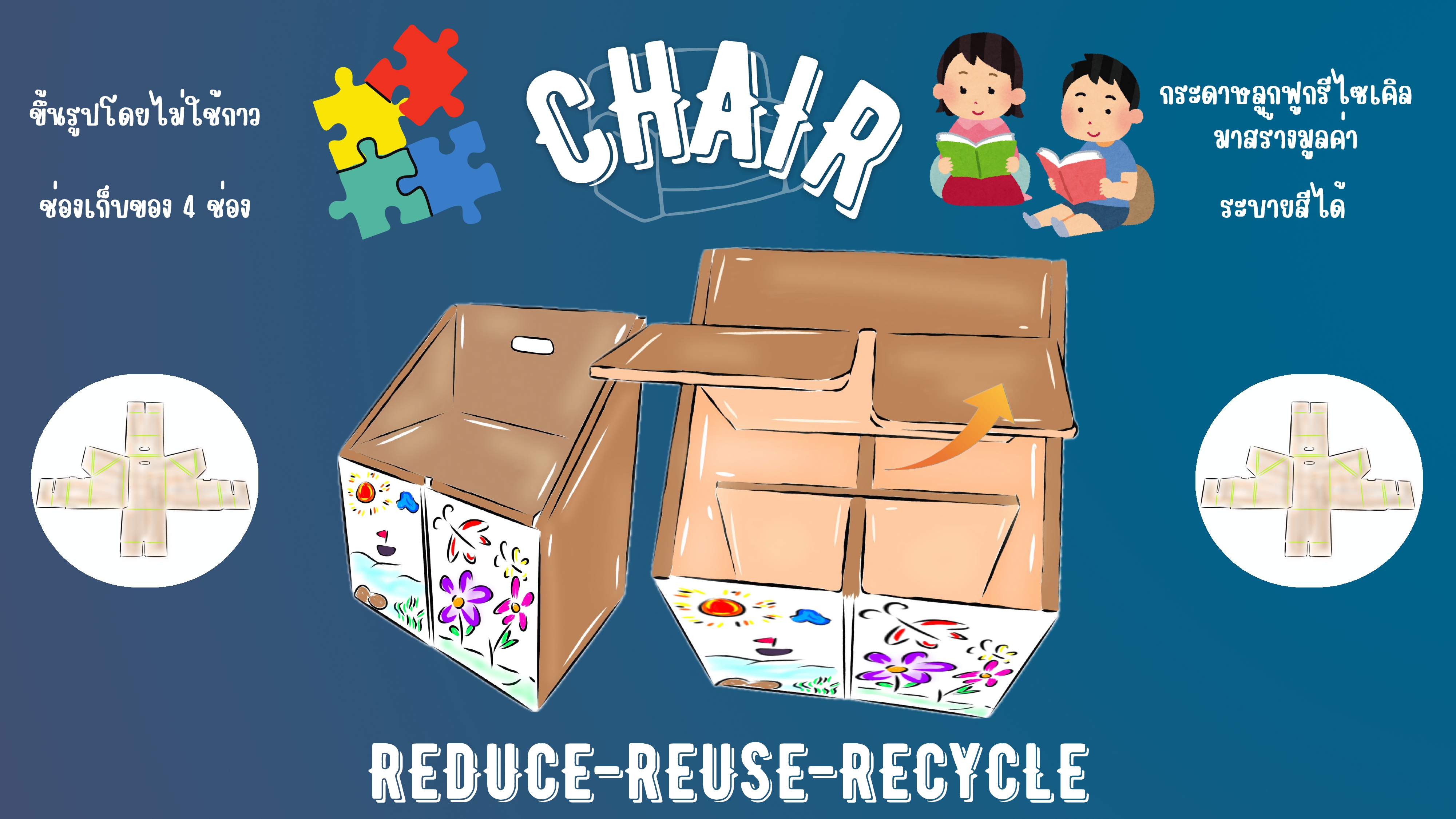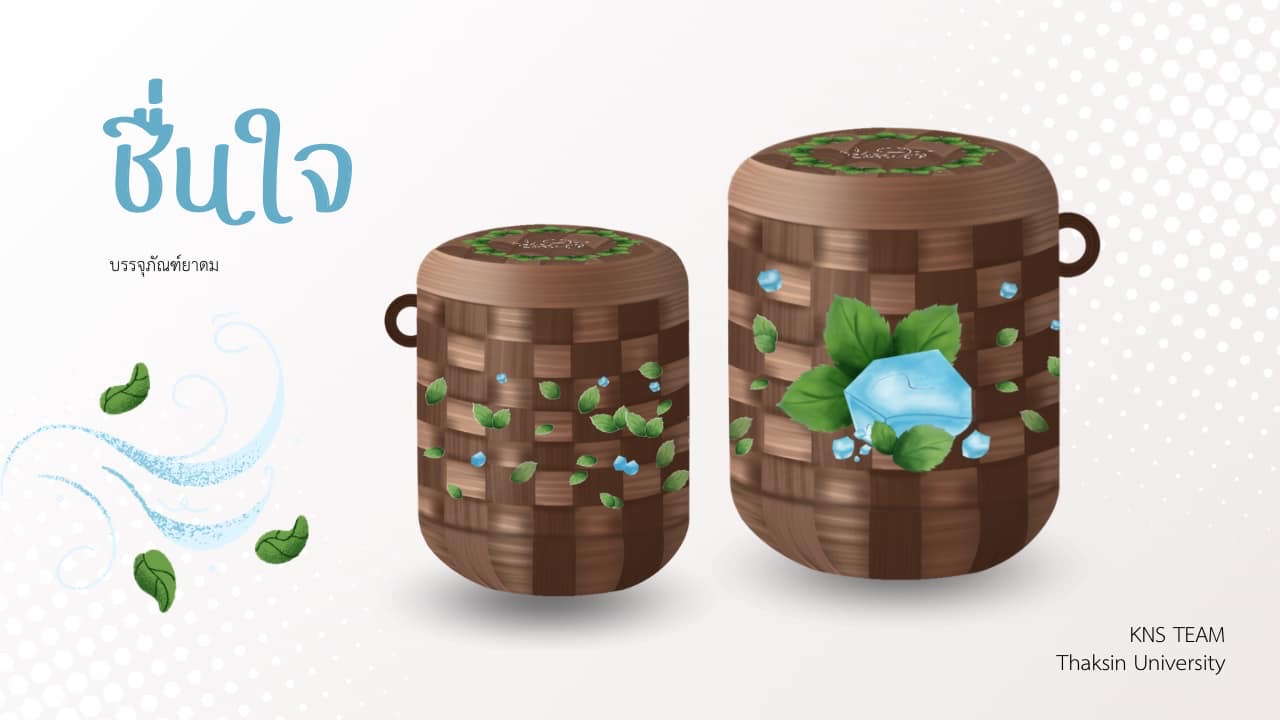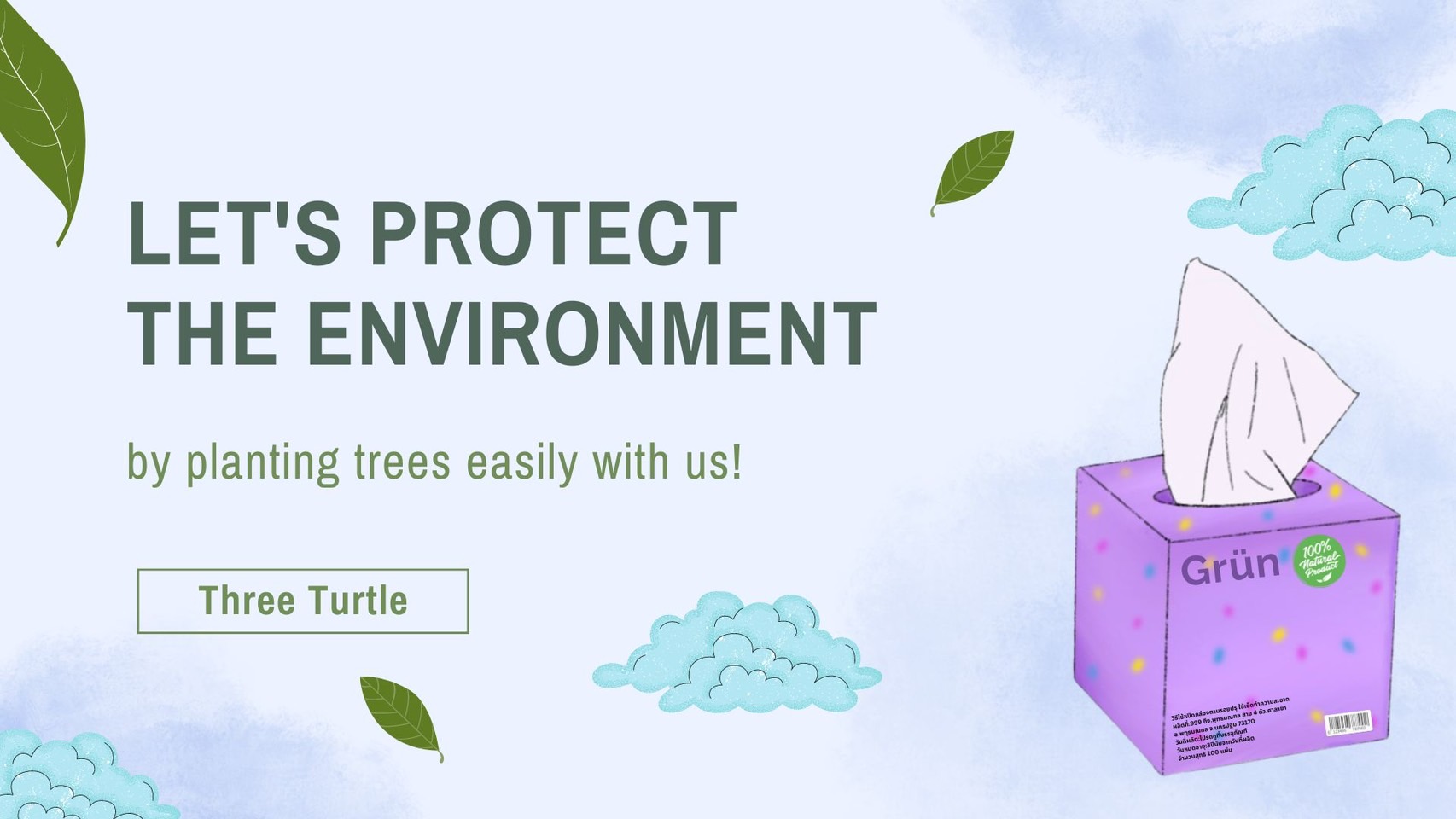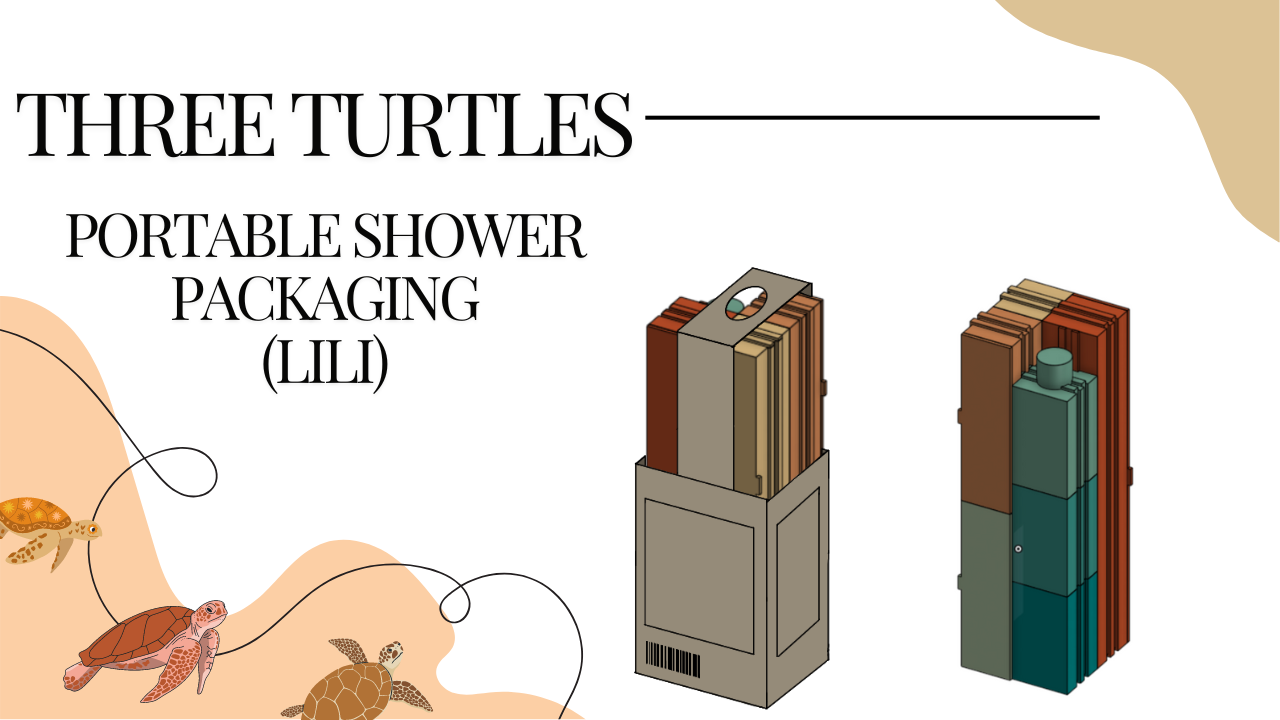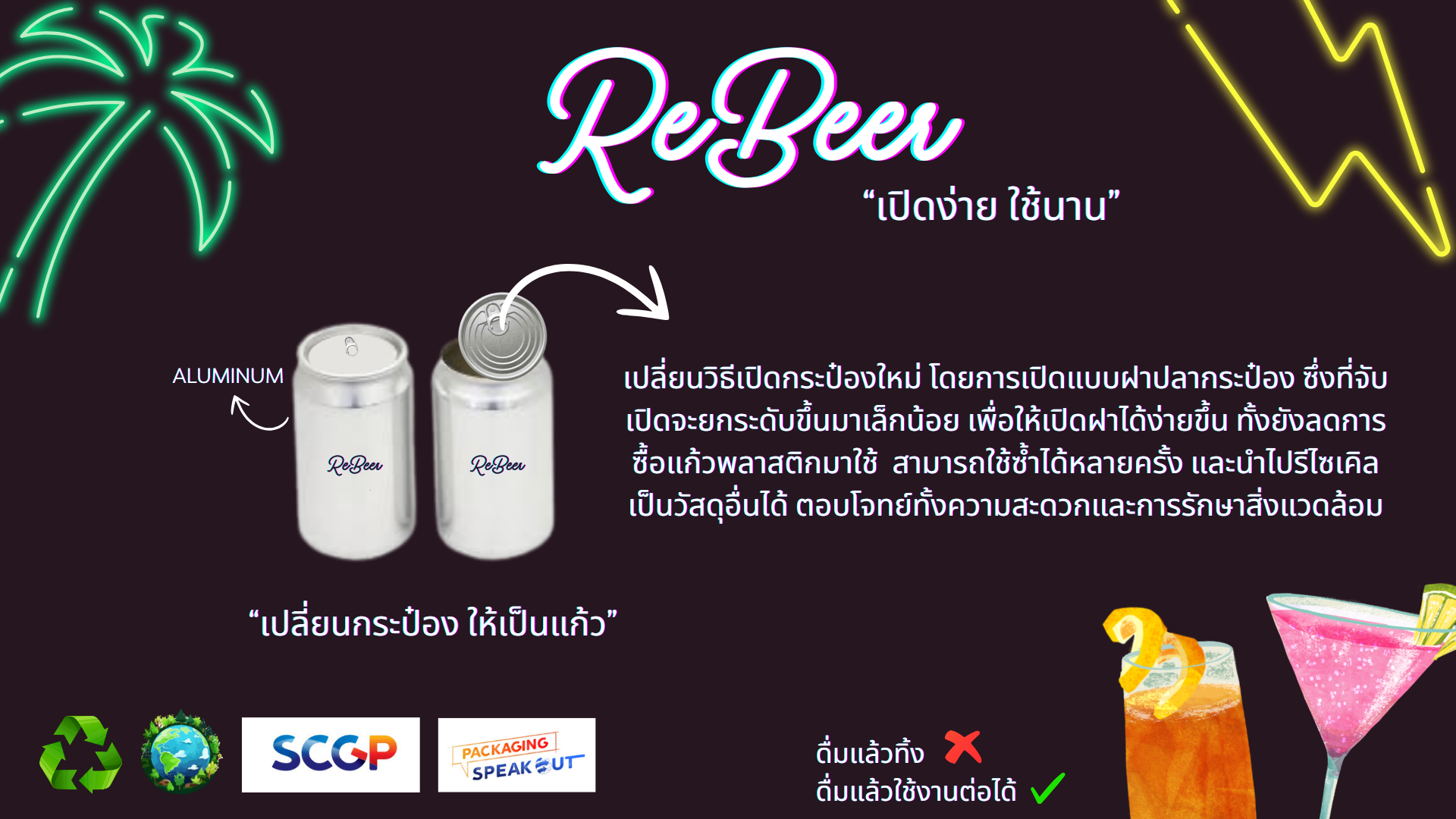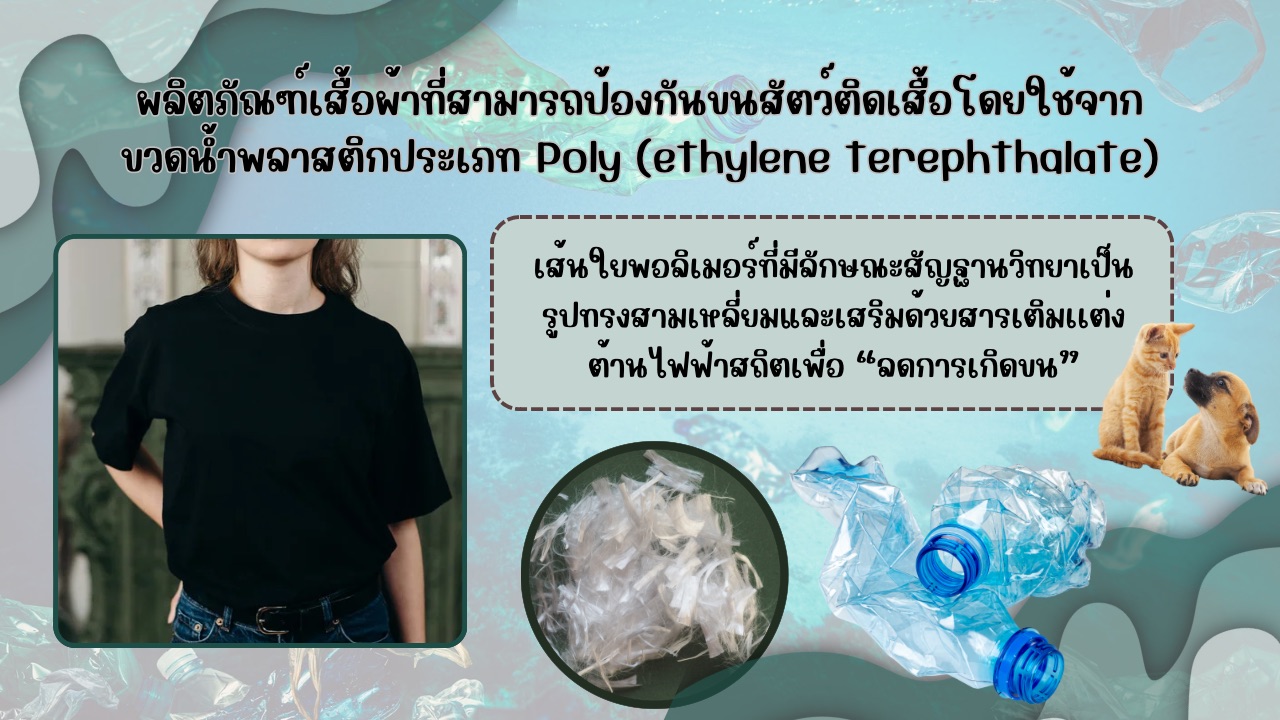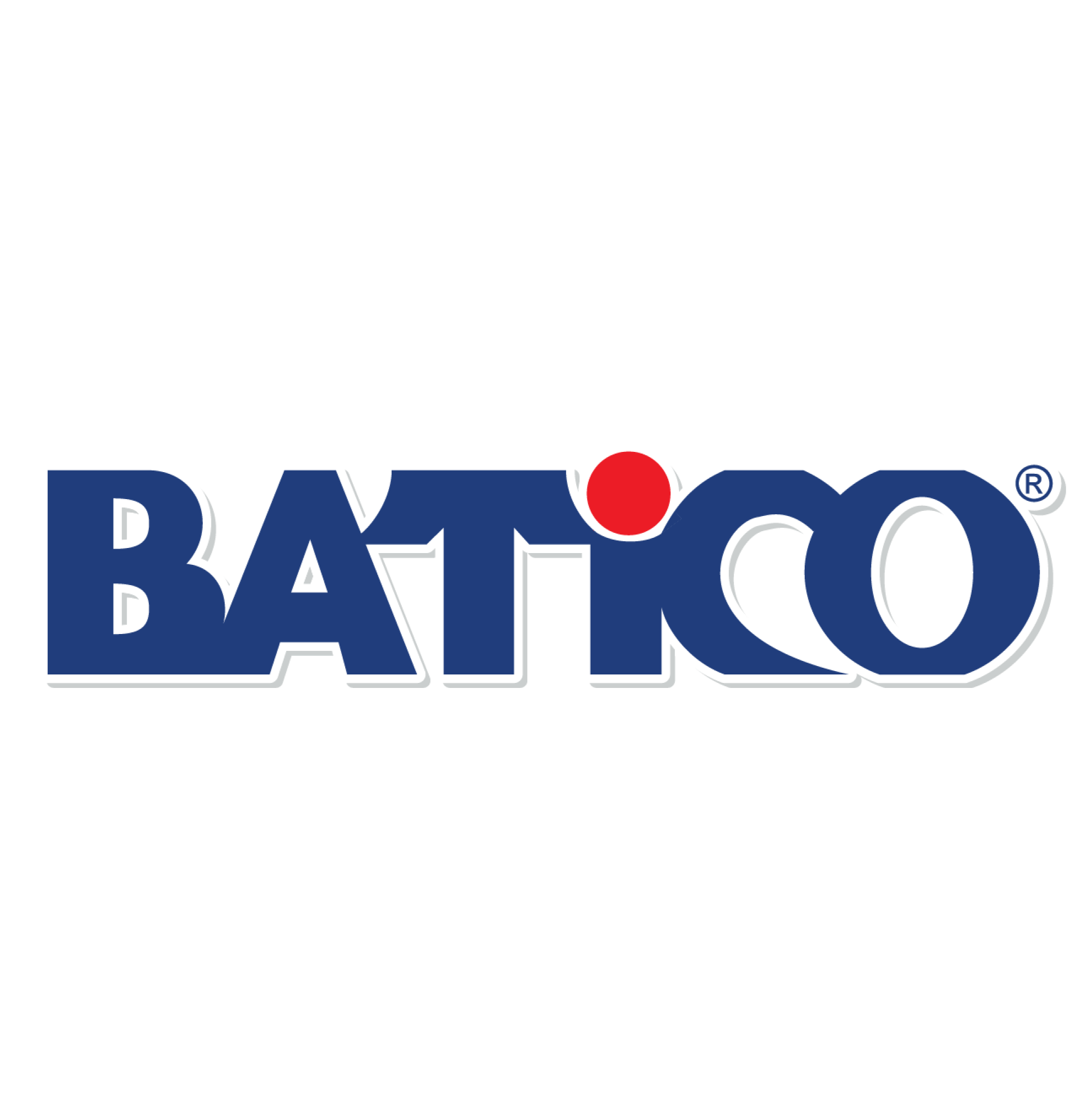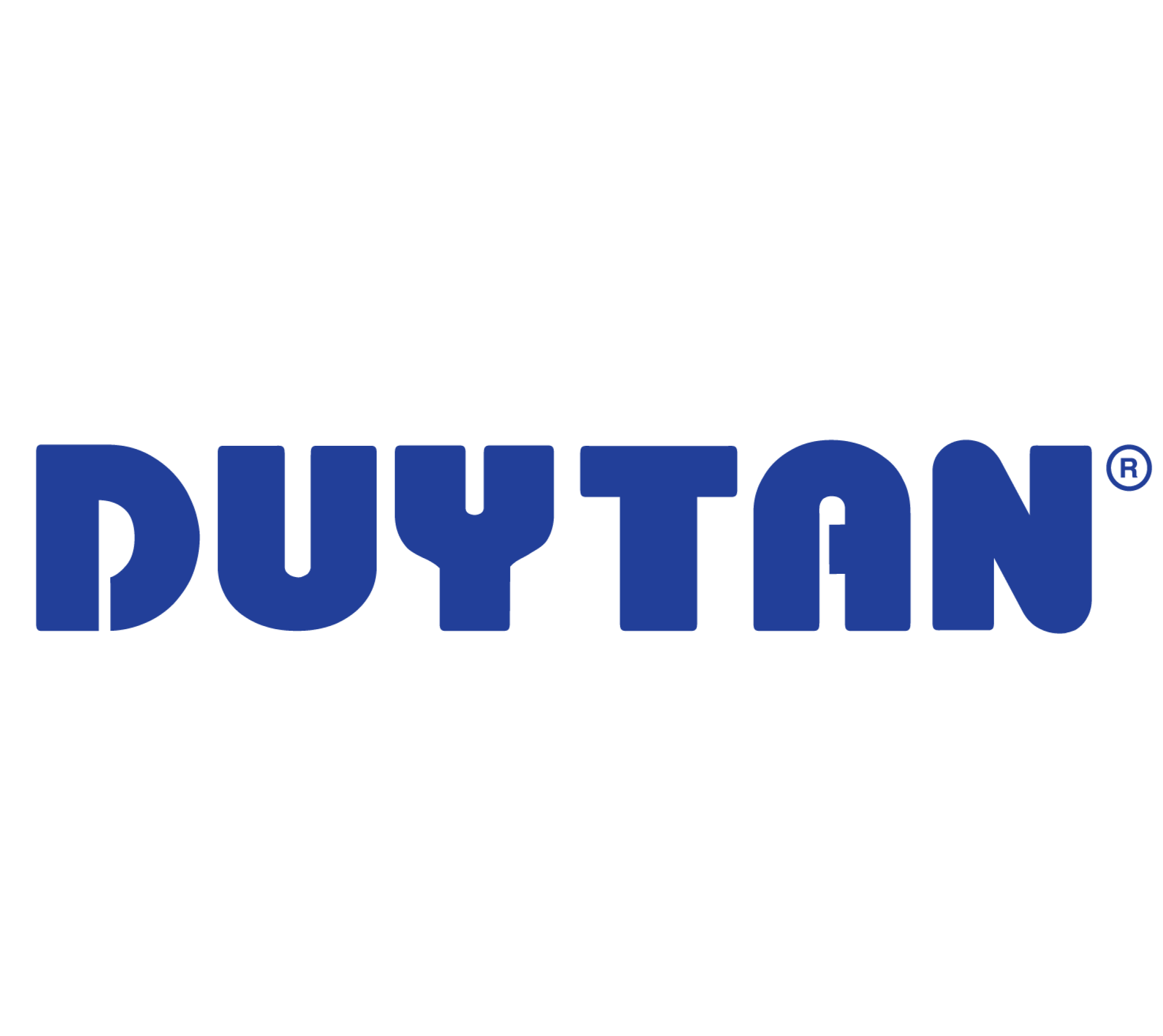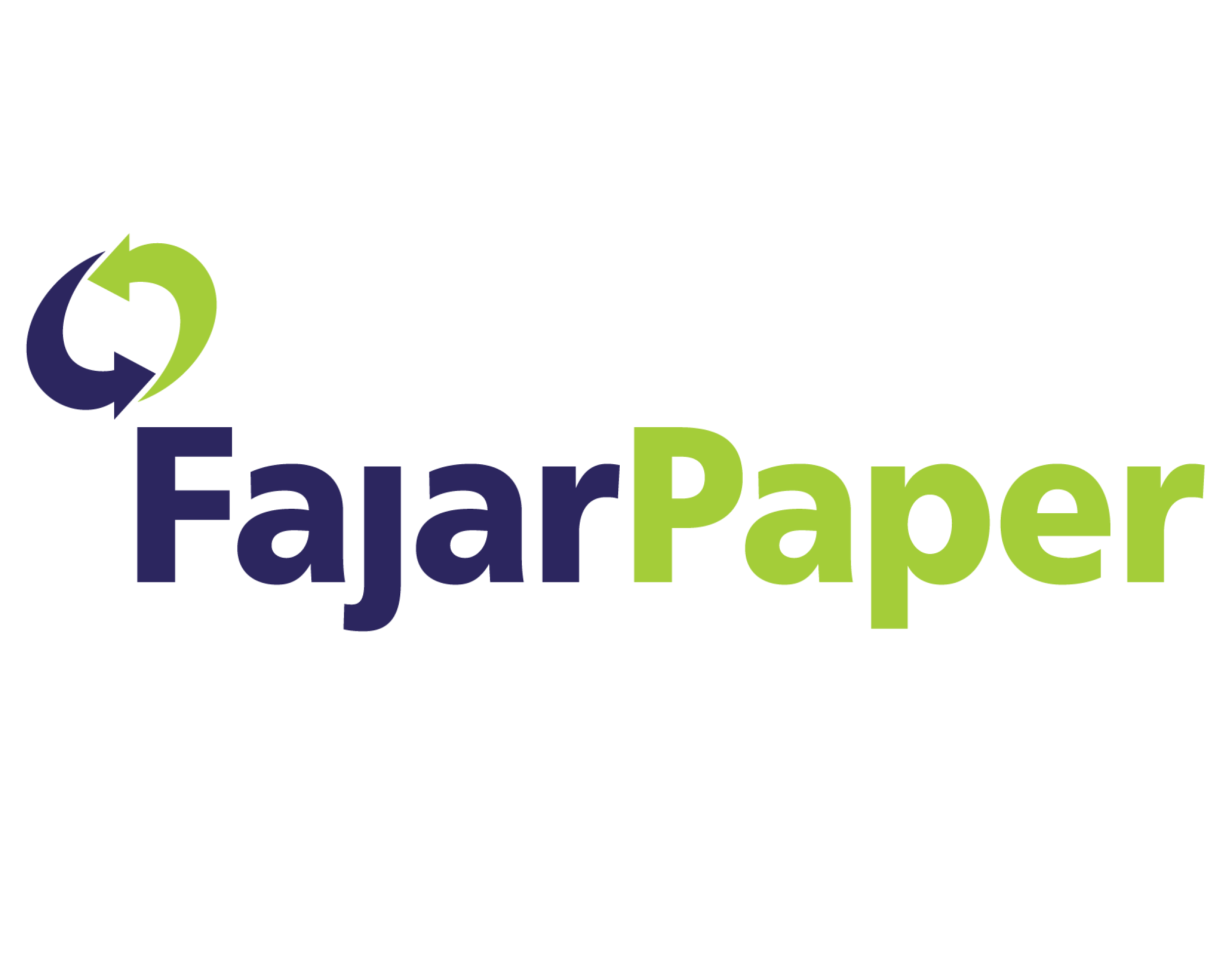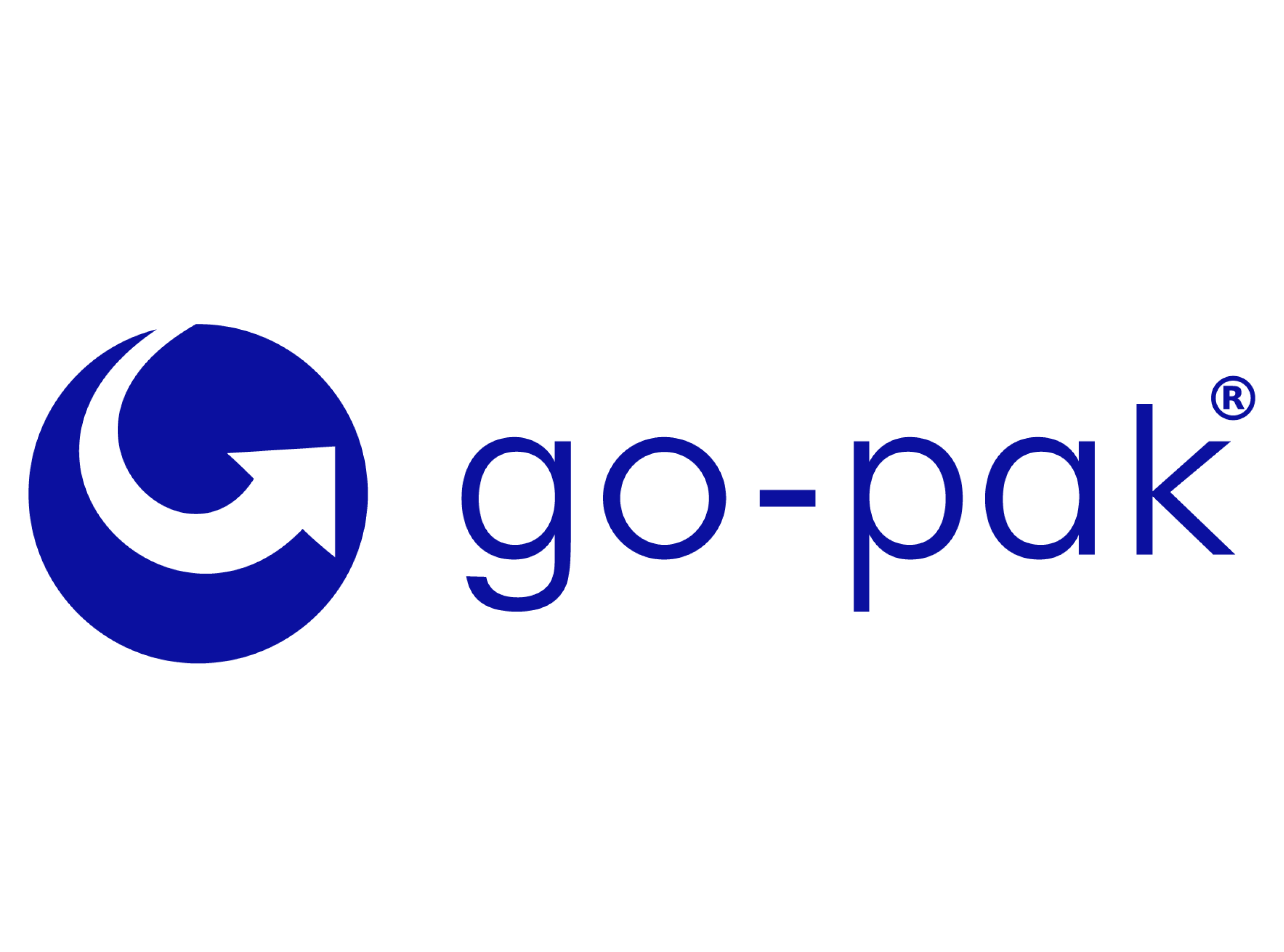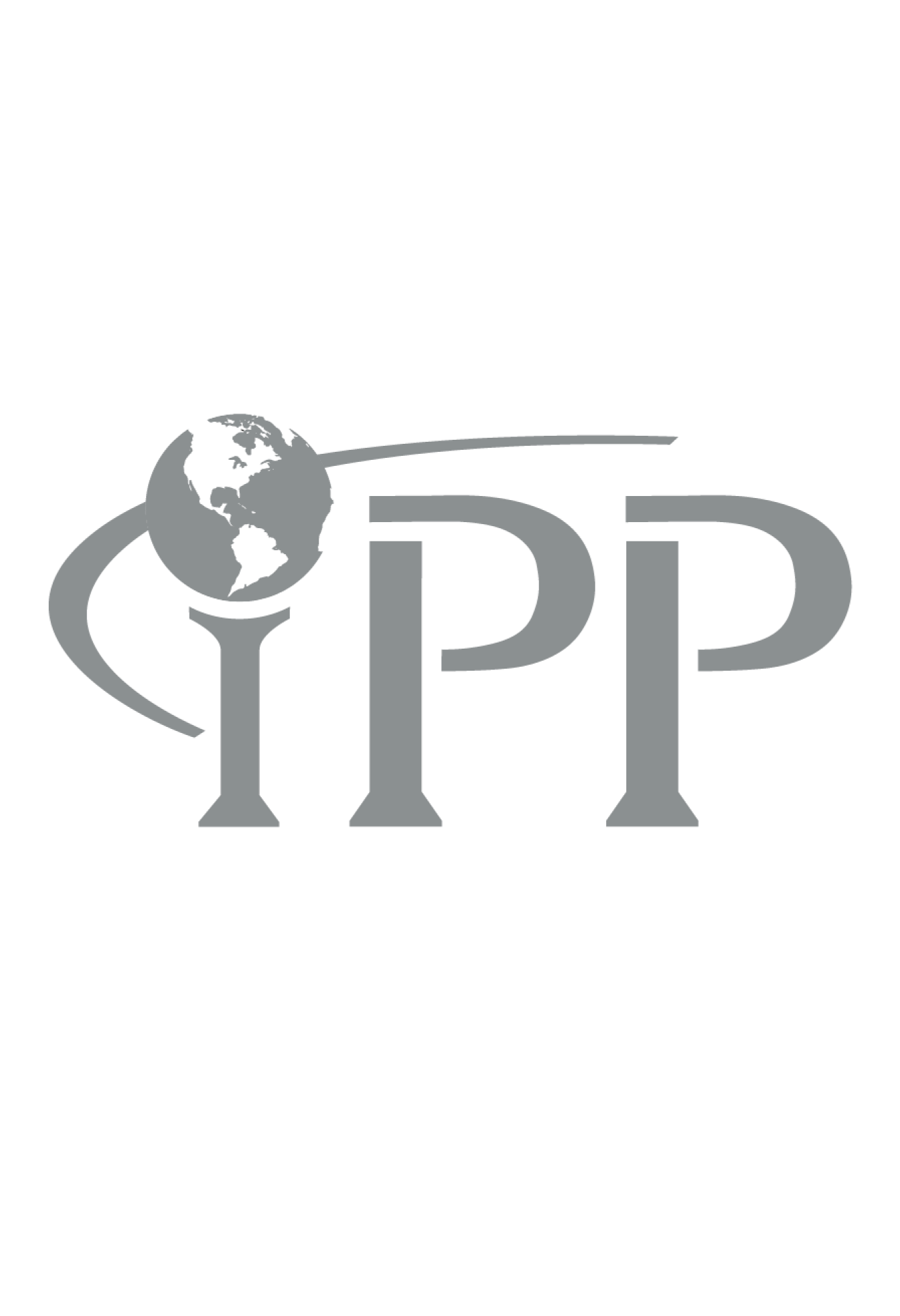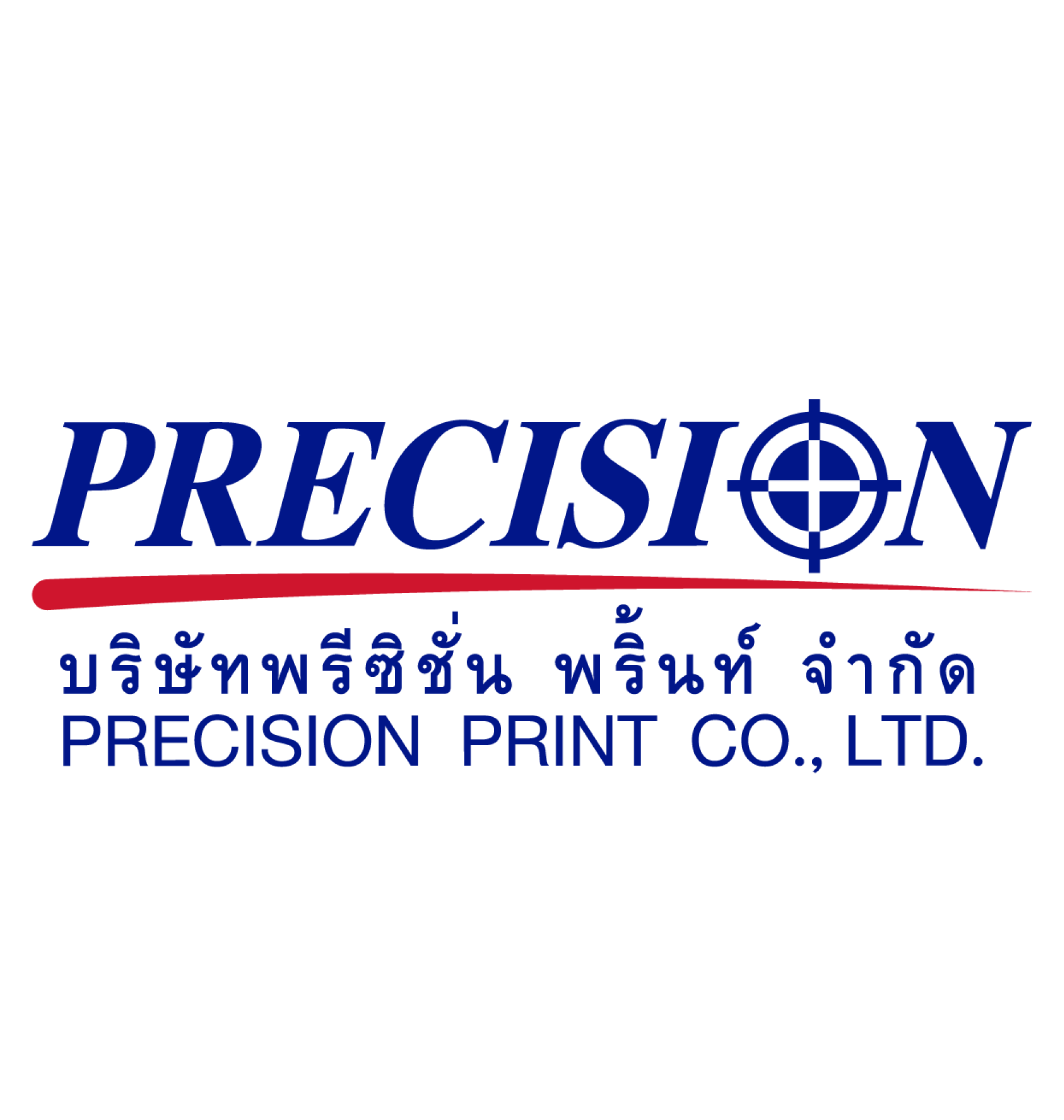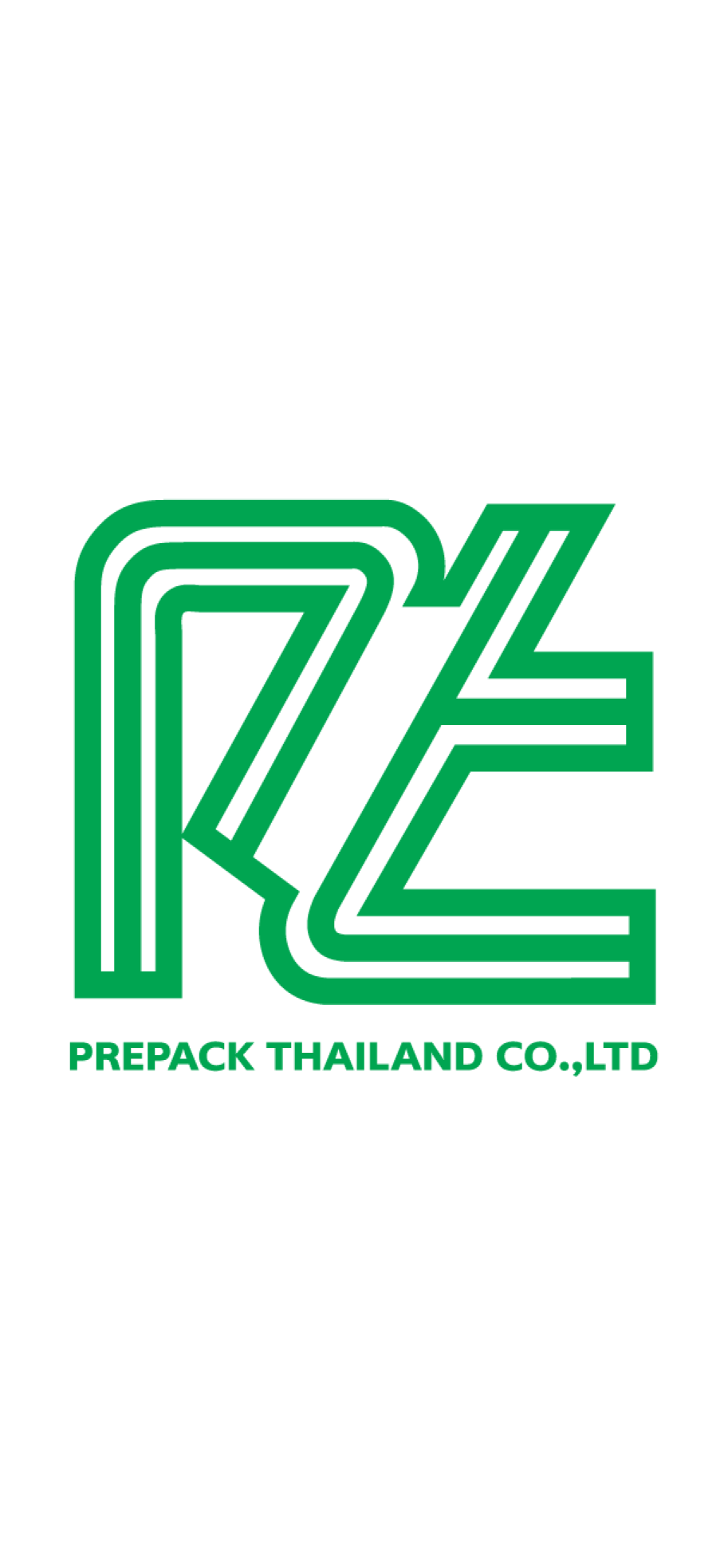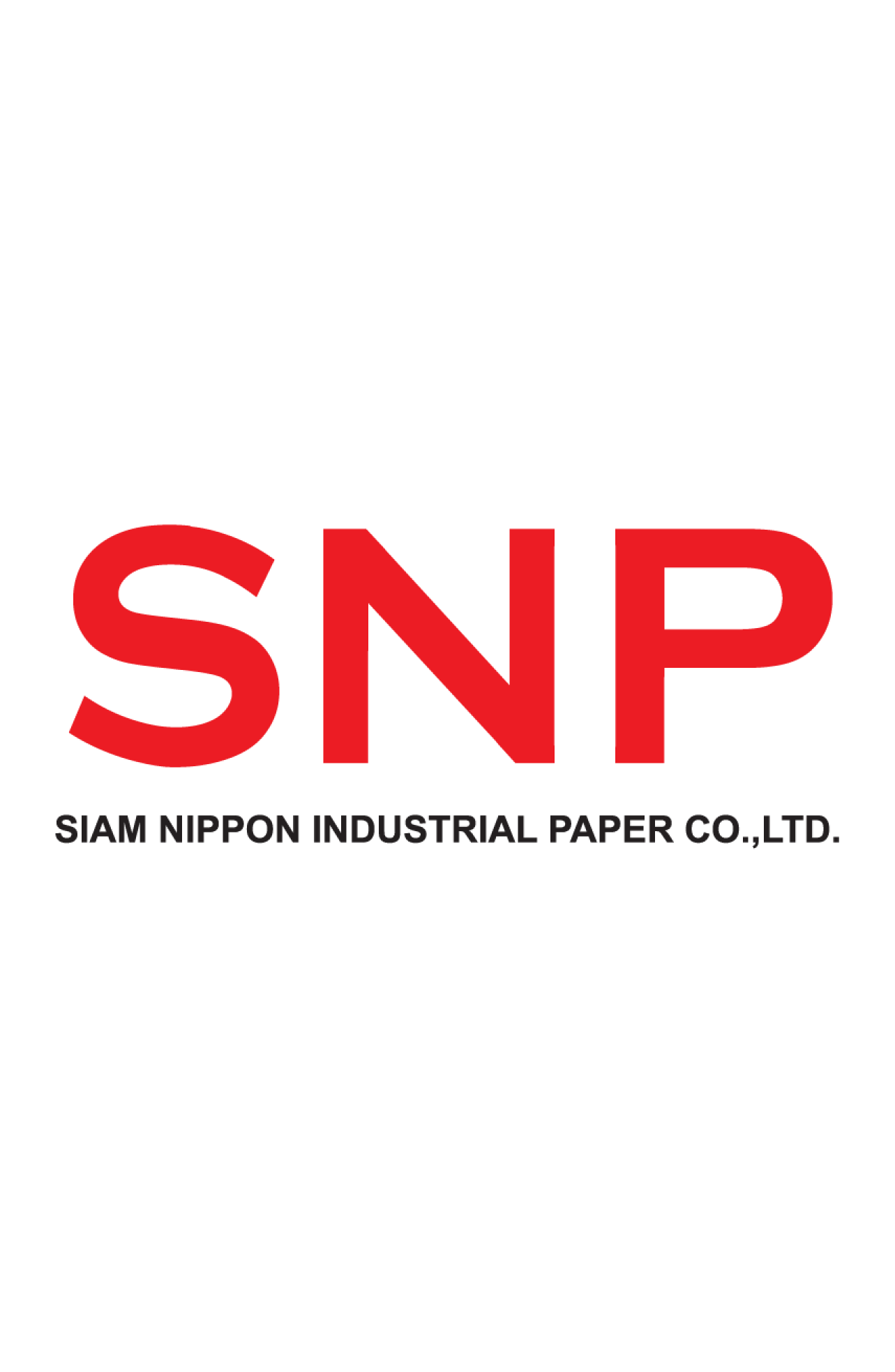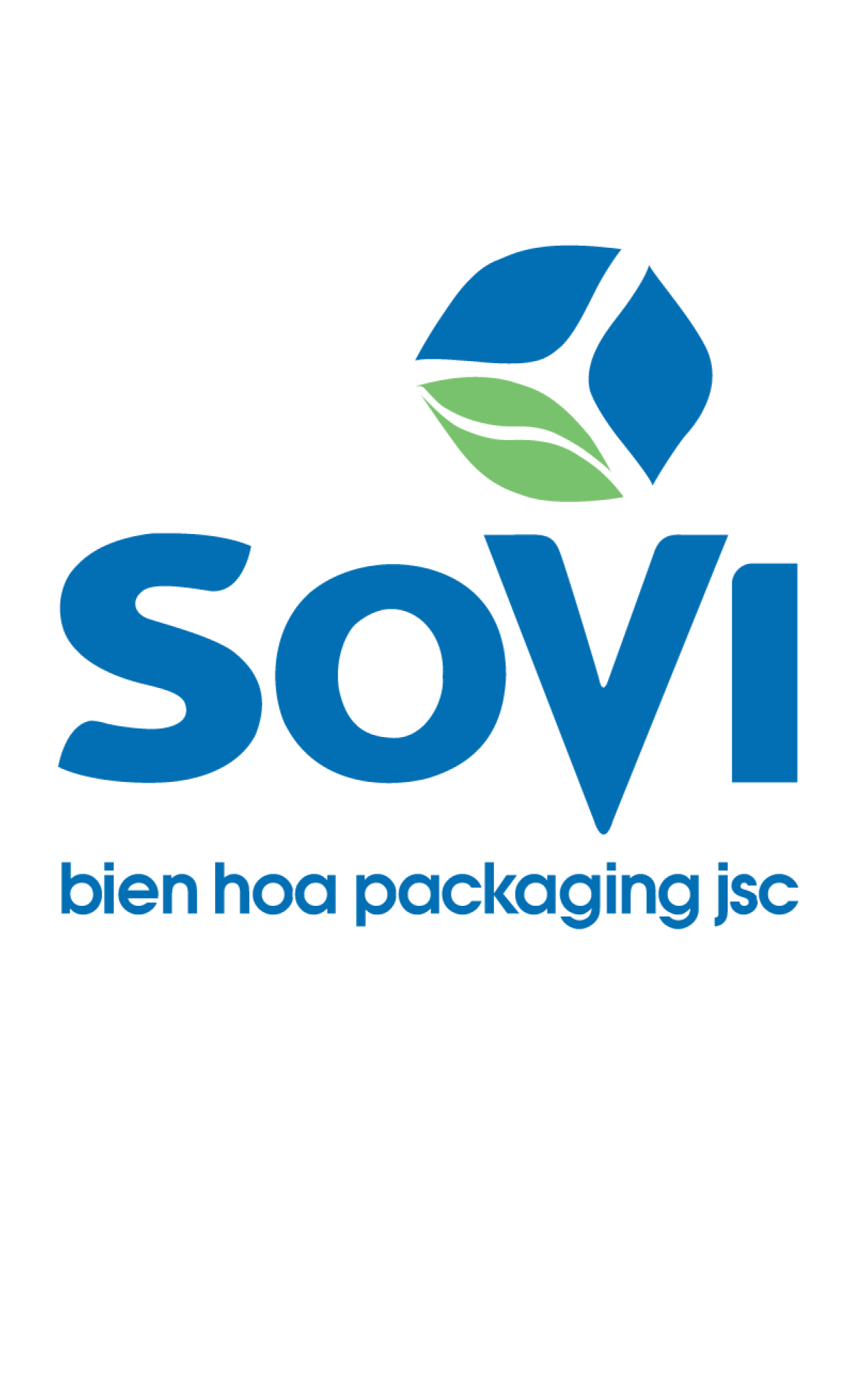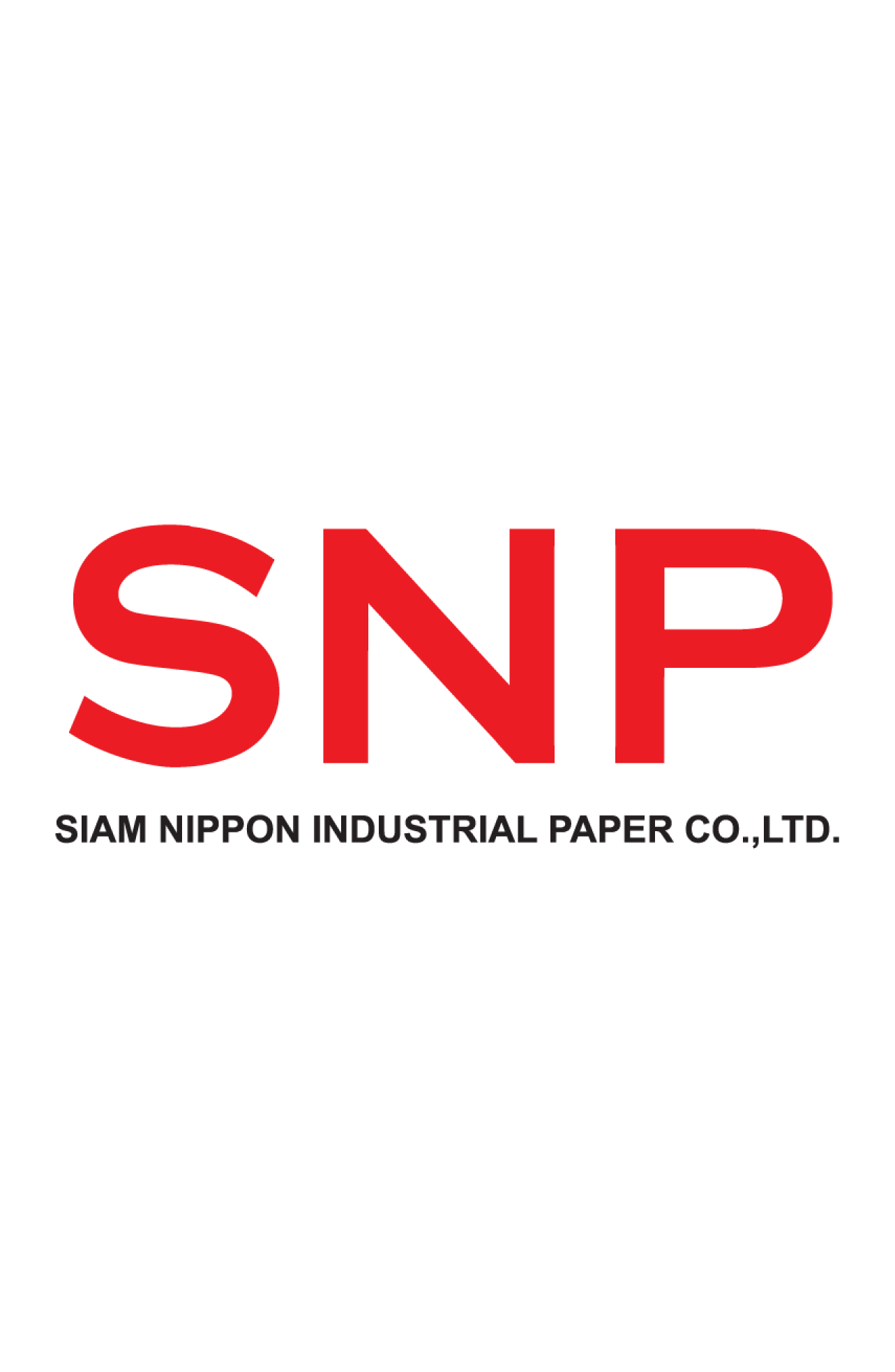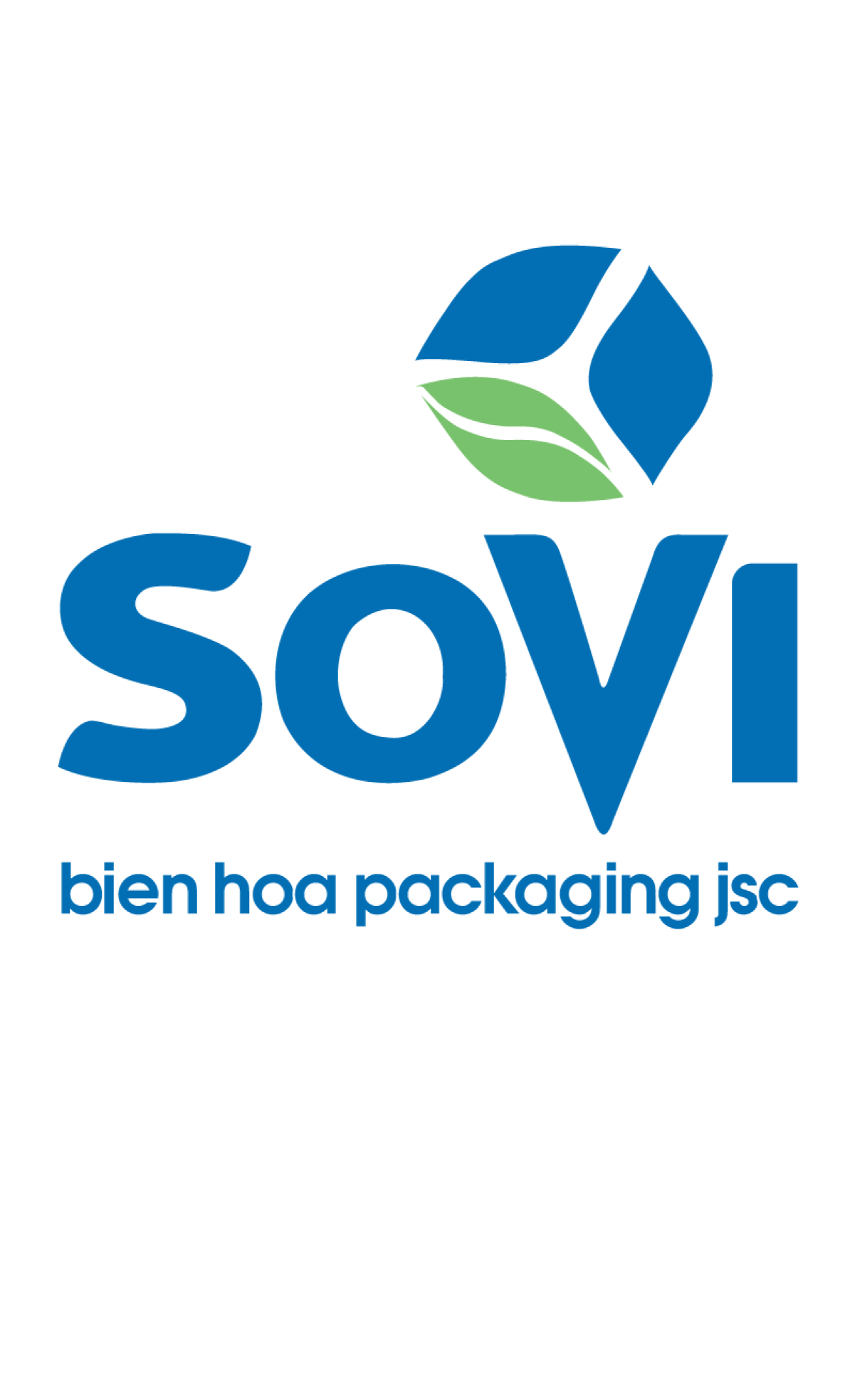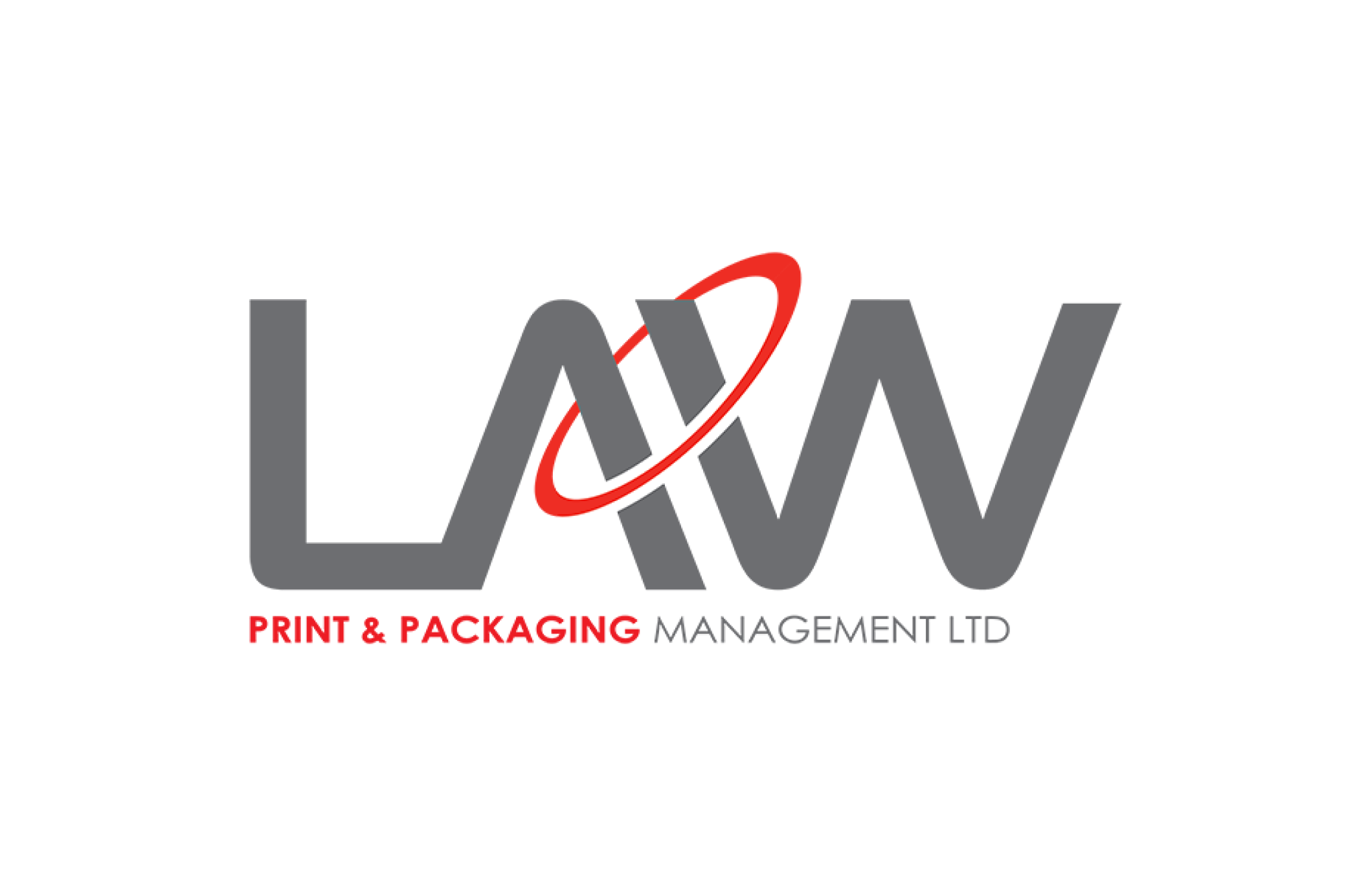Three R Glam
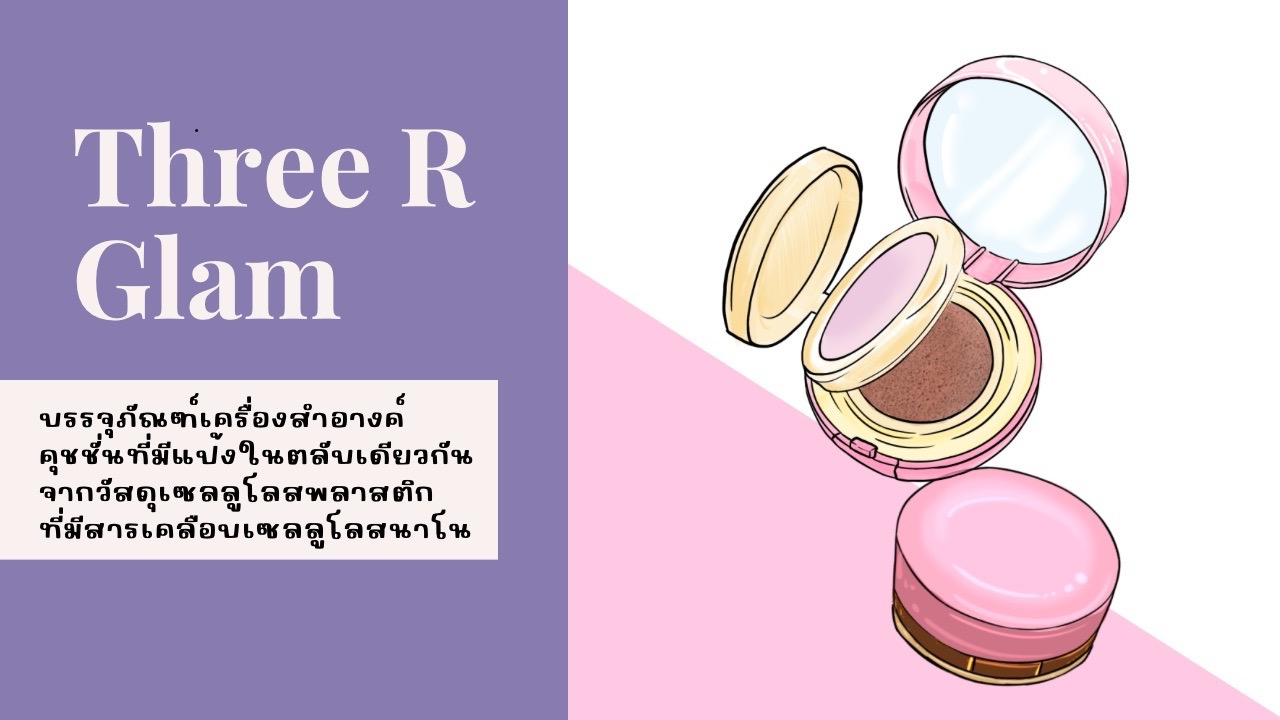
Team : Three R Glam
Member
Ms Rungtawan suwan
Ms Suphakan Paengngamnawakun
Brand development plan and product value
1. Business environment analysis SWOT analysis for cosmetic packaging made from natural
materials is as follows: For powder packaging and cushions made of plastic cellulose coated with nano cellulose. Strengths
Strengths
1. Environmentally friendly Materials from plastic cellulose and nano cellulose coatings are biodegradable. Helps reduce the amount of waste and environmental impact. Three recyclable cars
2. Interchangeable design Cushion and powder cartridges are designed to be able to fill new products without discarding all packaging to reduce waste and make customers feel worth buying. 3. Waterproof and durable properties Nano-cellulose coating increases strength and water resistance, making it suitable for cosmetic packaging that requires moisture protection. Can resist UV because UV may cause the product to deteriorate or destroy the structure or properties of the product.
4. Responding to beauty and sustainability trends Consumers who care about both beauty and environmental conservation tend to prefer products that use natural and biodegradable materials.
Weaknesses
1. Higher production costs. Biodegradable materials such as plastic cellulose and nano coatings may have higher production costs than petroleum plastics, making products more expensive than competitors.
2. Limited service life Biodegradable materials may have a shorter lifespan, especially in environments with high heat and humidity.
3. Recycled knowledge is required. Some customers may not understand how to properly recycle or reuse packaging.
Opportunity
1. The trend of environmentally conscious consumption is increasing. The flow of environmentally conscious consumption is increasing, making environmentally friendly products more likely to attract more attention from consumers.
2. Differentiating from competitors The use of biodegradable packaging helps to create a different selling point from conventional cushion products that use traditional plastic.
3. Market expansion to international customers Customers around the world began to pay attention to sustainable products. This makes it easier to expand the market, especially in countries with strict regulations on plastic packaging.
Obstacles
1. Cost and price competition with competitors Petroleum plastic products with low production costs may cause degradable packaging to compete hard in price.
2. Consumer misunderstandings about biodegradable packaging Sometimes consumers may not understand the difference between packaging that is actually biodegradable and packaging that is just "saving the planet" in marketing.
3. Technological limitations in production The development of production technology that makes biodegradable materials efficient and low cost also requires additional research and development.
4. Competition with cheaper natural plastics. Although natural materials are environmentally friendly, conventional plastics are still cheaper and easier to produce.
5. Consumer perception of quality Some consumer groups may still have concerns about the durability and quality of packaging made from natural materials.
Summary Using SWOT in strategic planning
- Use strengths to focus on creating awareness of environmental friendliness, sustainability and outstanding recycling.
- Manage weaknesses, reduce costs through improving the production process and provide knowledge about use and recycling to consumers.
- Use the opportunity to create a marketing campaign that is linked to the trend of environmental care and expand the market to the international level.
- Deal with obstacles Increase clarity in communication about biodegradable features and adapt to be able to compete in price with competitors.
2. Setting goals for brand development
1. Make the brand known and accepted by the customer group and in the cosmetics industry.
2. Make our brand cooperate with other brands in the single industry to promote the modification of packaging made from natural materials.
3. The development of powder cartridge packaging to the packaging of other products in the cosmetic industry such as lipstick.
4. Being an industry leader in making cosmetic packaging from environmentally friendly natural materials.
3. Determining target customers and Insight details of target groups
Target group Students/students/working age/and customer groups interested in environmentally friendly products Gender Male/Female/LGBT Insights Insights - Main target groups The new generation who are environmentally conscious (Eco-conscious consumers), people who like clean, chemical-free skincare products and people who are interested in fashion and beauty. - Additional target group A group of cosmetic users who are looking for reusable or recyclable packaging, especially women aged 18-35 years old, who are a group that cares about socially valuable brands.
4. Social and environmental packaging design of the brand and the product to be offered (in the image file)
5. Marketing activities and brand development through packaging
1. Social media and Influencer Marketing use platforms like Instagram, Facebook and TikTok to promote products with reviews from beauty and environmental influencers.
2. Organizing an eco-friendly campaign Organize recycling activities and campaigns that support the Reduce-Reuse-Recycle concept, such as returning old packaging to redeem for discounts. Or organize collection activities, dough trays or cushion refills or promotions from the brand.
3. Point accumulation program When buying recycled or reused packaging products, you will receive points that can be used to exchange for discounts or special edition products.
4. Creating limited edition products Release a limited number of products by focusing on designs related to the concept of saving the earth, such as cushion cartridges with natural patterns or using local raw materials in production.
5. Referral Marketing (Referral Program) encourages current customers to recommend products to friends by giving rewards or discounts when buying products through referrals.
6. Promotion with sustainability strengths promotes the concept of "sustainable beauty" by using materials that do not damage the environment and can be reused.
6.Marketing and brand measurement
1. Measure results from sales (Sales Performance)
- Measure product sales within 6 months to see the growth trend of the product.
- Analysis of the increase in sales from various campaigns such as using social media or Influencer marketing.
2. Brand Awareness and Perception (Brand Awareness and Perception)
- Use online tools such as Google Analytics, Facebook Insights, Instagram Insights to monitor customer access and engagement.
- A survey of customer opinions about brand image and measuring the level of understanding and awareness about eco-friendly products.
3. Building brand loyalty (Customer Retention)
- Measurement of customer repeat purchase rate and ability to maintain old customer base
- Measure the results from using the point accumulation program or the "Recycle Day" campaign that how many customers return to use it again.

